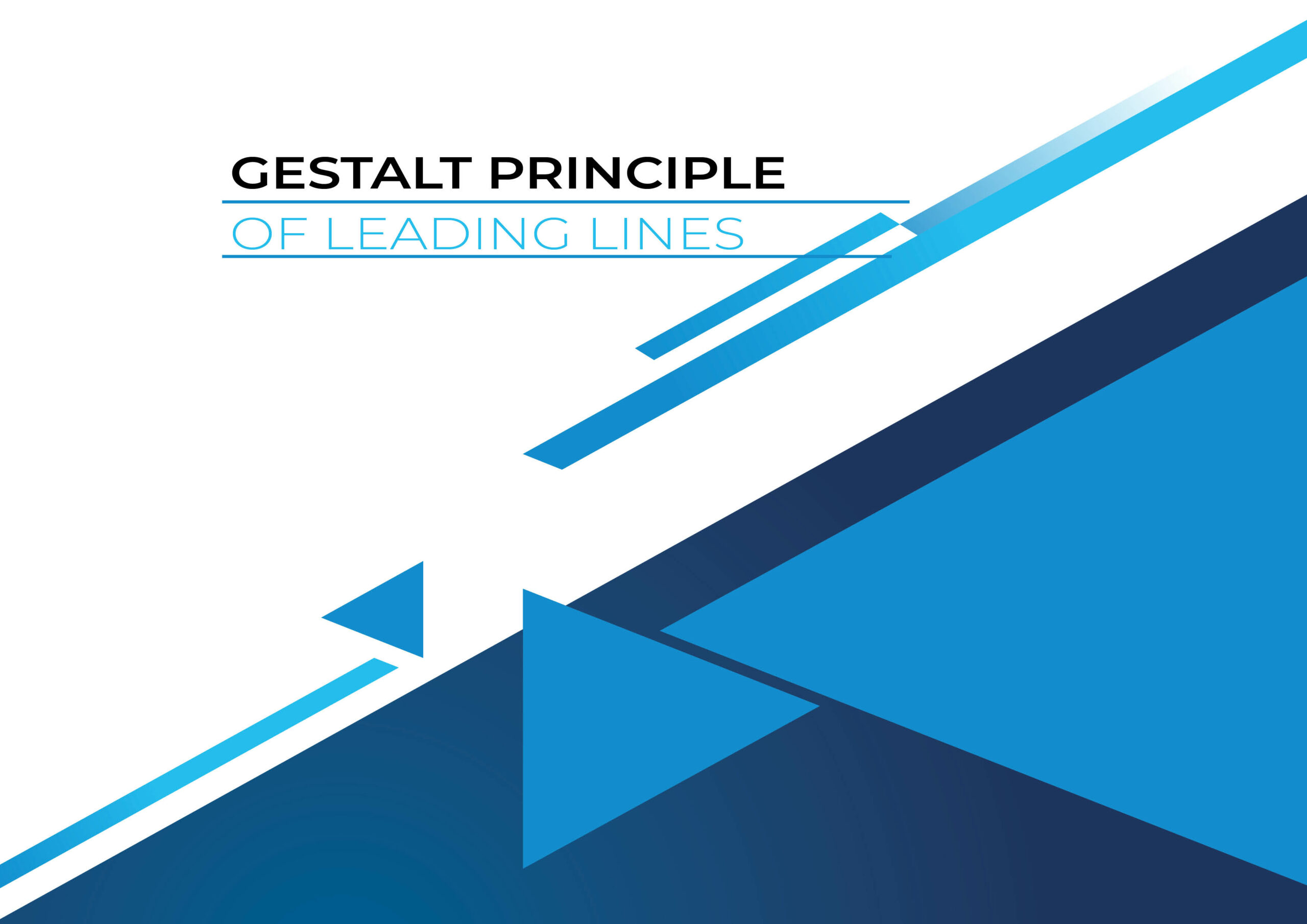Content Strategy

R2.3 The Gestalt Principle of Leading Lines:
Overview
The Gestalt Principle of Leading Lines is a crucial tool in photography, especially in portrait and wedding photography, as it guides viewers’ focus to the subjects, thereby enhancing the image’s visual appeal. This principle leverages our brain’s natural tendency to follow lines, creating images with deep emotional resonance. Effectively using leading lines involves establishing connections to the subject, adding depth and perspective, and experimenting with different line types and angles. By understanding and applying this principle, photographers can produce powerful, emotionally charged images that effectively tell their intended stories.
By The End of This Lesson Students Will Be Able To
- Understand the significance of the Gestalt Principle of Leading Lines in photography, particularly in capturing emotions, telling stories, and highlighting relationships in portrait and wedding photography.
- Identify various ways of using leading lines in photography, such as lines formed by a bride’s veil, a couple’s linked arms, or rows of seats in a wedding ceremony to direct viewers’ focus to the subjects.
- Comprehend the Gestalt principle of continuity, explaining why human brains instinctively follow lines and paths in images, creating profound visual impact and evoking emotions.
- Apply techniques to use leading lines effectively: seek lines that connect smoothly with the subject, use lines to establish depth and perspective, and experiment with different types of lines and angles to match your style and the image’s intent.
- Appreciate leading lines as a fundamental concept in photography that significantly contributes to creating strong, impactful images.
- Improve their photography skills by grasping the concept of leading lines and implementing the suggested techniques, resulting in work that powerfully conveys the intended story and captivates the audience.
Course Content
The Gestalt Principle of Leading Lines:
The Gestalt Principle of Leading Lines is an essential aspect of composition in photography, as it directs the viewer’s gaze towards the subject and enhances the overall visual appeal of an image. This principle is particularly effective in portrait sessions and wedding photography, where the emphasis is on capturing emotions, telling stories, and highlighting the relationships between people.
In portrait sessions or wedding photography, leading lines can be utilized in various ways to create a strong visual impact. For instance, a photographer might use the lines formed by a bride’s veil or a couple’s linked arms to lead the viewer’s eyes towards their faces. Similarly, the aisle during a wedding ceremony, lined with rows of seats, can serve as a powerful leading line that guides the viewer’s attention towards the couple exchanging vows. These lines not only impart a sense of depth and structure but also create a sense of direction and purpose in the photograph.
The human brain is instinctively drawn to follow lines and paths, as per the Gestalt principle of continuity. This principle suggests that our brains try to make sense of the world by perceiving objects as continuous and connected. Leading lines in photography capitalize on this innate tendency to create images with a profound visual impact that evokes emotions in the viewer.
To create powerful and impactful images using leading lines, photographers can consider the following tips:
- Look for lines that create a smooth connection with the subject, whether through a curve, a straight line, or another form. This connection helps to guide the viewer’s gaze seamlessly towards the focal point of the image.
- Use leading lines to establish a sense of depth and perspective in your images by positioning the lines to lead the viewer’s eyes towards the photo’s background. This technique adds a sense of distance and space to the image, enhancing its visual appeal.
- Experiment with various types of lines and angles to discover what best suits your style and the type of image you are trying to create. While some photographers favor straight lines, others prefer curved or diagonal lines. The key is to identify the lines that best complement your style and subject matter.
Leading lines are a fundamental concept in photography, contributing significantly to the creation of strong, impactful images, especially in portrait sessions and wedding photography. By understanding the concept of leading lines and implementing the tips outlined above, photographers can elevate their work, producing images that capture the imagination and powerfully convey their intended story.



Cognitive Engagement Questions
Objective: To understand and experiment with the Gestalt Principle of Leading Lines in photography.
Instructions:
- Find or create a scene where you can utilize leading lines. This could be a path, a set of stairs, a fence, or even lines created by shadows or light. Take several photos where these lines guide the viewer’s eye toward your subject.
- Experiment with different types of lines (straight, curved, diagonal) and angles. Compare the visual impact of these variations.
- Reflect on the process, the challenges encountered, and the outcomes.
Deliverables: Submit at least three photos demonstrating the use of leading lines with different lines and angles, and a one-page reflection on your experience, challenges, and discoveries.
Assignment #204: Leading Lines in Portraits
Objective: To understand the role of leading lines in portraiture and wedding photography.
Instructions:
- Capture a series of portraits where you utilize leading lines to guide the viewer’s eye towards the subject. This could be a friend or family member.
- Experiment with using leading lines formed by the subject themselves, their clothing or accessories, or their surroundings.
- Reflect on the process and outcome.
Deliverables: Submit a series of five portraits demonstrating the use of leading lines, and a one-page reflection on your experience, challenges, and discoveries.
Assignment #205: Leading Lines – Depth and Perspective
Objective: To explore the use of leading lines to create a sense of depth and perspective in photography.
Instructions:
- Choose a setting that provides a clear sense of depth or distance. It could be an open landscape, a long hallway, a row of trees, or a winding road.
- Capture a series of images where leading lines guide the viewer’s eye into the photo’s background, thus enhancing the sense of depth and space.
- Experiment with different angles and perspectives, comparing the visual impact of these variations.
Deliverables: Submit at least three photos demonstrating the use of leading lines to create depth and perspective, along with a one-page reflection on your experience, challenges, and discoveries.
Please email me your completed assignments at clintonali@gmail.com. Remember to include your unique assignment number and topic in the email subject line, such as “Assignment #203: Exploring Leading Lines.” This will ensure I can easily track and provide feedback on your work. I’m looking forward to seeing your fantastic photographs and reading about your learning experience!
© 2023 Karimah Clinton Academy. All rights reserved.
